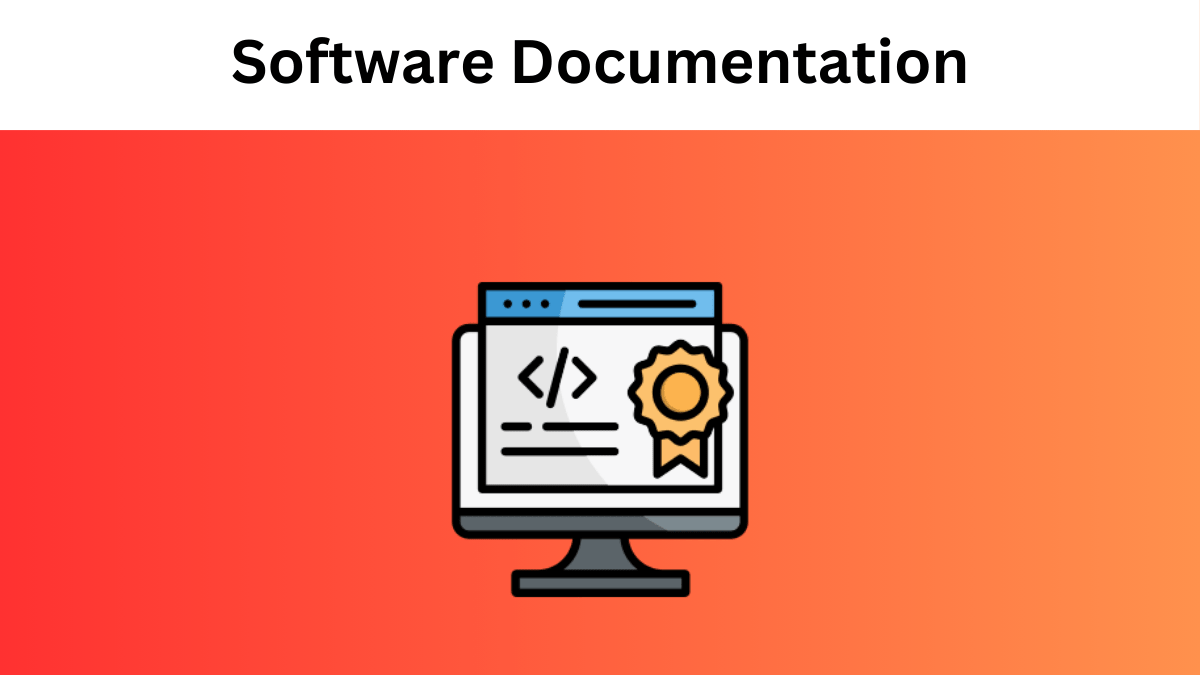Proper software documentation is essential to ensure its scalability and maintainability in the long term. Unfortunately, the documentation is often poorly executed, making it difficult to understand and modify the code.
The good news is that there are many tools and resources available today that simplify software documentation. For example, concept maps are very useful in these cases because they allow you to graphically represent the structure and flow of software, which makes it easier to organize information and understand its logic.
In this article, we have taken it upon ourselves to compile 5 essential tips for creating useful and effective software documentation. However, before we dive into them, let’s understand why it is important to keep proper records.
What does Requirements Software Documentation Mean?
It is crucial to first make clear exactly what is required. Requirements in the context of digital product development are the features, attributes, or capabilities that a product or piece of software must have.
Any digital product development process must include a comprehensive workflow that outlines every step. Documenting requirements means defining and outlining all project demands, together with their functionality, performance, and criteria.
Software documentation consists of creating a detailed guide to an existing process from start to finish. These internal company documents help team members understand how the process should be carried out. Anyone can take the right steps to complete a task or project by documenting the process. This ensures consistency of processes and establishes a standard of work.
Software documentation can take many forms, from text documents to visual guides. Examples of process documentation include:
- Lists;
- Employment documents;
- Customer Support Guides;
- Bloc;
- Teaching aids;
- Brand rules;
- Educational infographics;
- Video lessons;
- Process maps.
Consequences of Poor Software Documentation
Software documentation, in professional companies like SECL Group, consists of adding notes, comments, and additional files within or outside the source code to facilitate understanding by third parties.
This is done so that anyone, whether a new developer on the team or an end user, can easily understand how the software works and how to interact with it. With this in mind, poor software development notes and documentation can lead to:
- User Frustration: If users do not find clear information on how to use the software, they are more likely to become frustrated and abandon the product.
- Increased support costs: By the same token, if users don’t understand the product, the support team will have to spend more time answering their questions and solving problems.
- Difficulty in maintenance: Clear documentation will make it easier for developers to find bugs or make changes to the code.
- Scalability Issues: As software becomes more complex, adding new features and fixing bugs becomes increasingly difficult if proper documentation is not provided.
Tips for Maintaining Proper Software Documentation
Use Concept Maps
As mentioned earlier, concept maps are very useful for organizing information and presenting an overview of software architecture.
However, they can also be used to represent workflows, interactions between modules, or any other aspect that could benefit from a graphical representation. This not only improves understanding but also helps identify areas that need further elaboration or revision in the documentation.
Read More: 25 Best Safe ROM Sites – 100% Safe ROM Alternatives
Keep Documentation Clear and Simple
Software development documentation aims to make it easy for anyone to understand, so it’s important to be clear and concise. To do this, it is recommended that complex language or unnecessary technical nuances be avoided.
Instead, if you need to explain a complex concept, you can include examples, graphics, or analogies. In addition, it is also recommended to use headings, subheadings, lists, or bullets to organize information in a way that makes it more readable.
Avoid Excessive Documentation
According to SECL Group experts, too much or too little documentation is counterproductive. Too much documentation or too much detail can result in an overwhelming amount of information that no one will fully read, while not enough documentation can leave out valuable information for developers or users.
The key is to find a balance: enough information to make the documentation useful and understandable, but not so much that it is difficult or difficult to maintain.
Automate Documentation Generation
To facilitate the management and maintenance of software documentation, there are tools that allow you to automate the generation of documentation from source code. This can save a lot of time and effort, especially on large projects.
These tools automatically document any changes made to the code, ensuring that the documentation is always up-to-date. However, it is important to note that this type of documentation may be less detailed and accurate than manual documentation, so it is recommended that you review it and supplement it as necessary.
Keep Documentation up-to-date
It is important that the documentation is updated whenever a new feature is added, a bug is fixed, or any changes are made to the software. This avoids confusion and allows us to ensure that the information is correct and corresponds to the current version of the code.
Keep in mind that outdated documentation is just as bad as no documentation at all.
Conclusion
By applying these guidelines to your team, you can create clear, concise, and understandable software documentation that helps both users and future members of your development and support team quickly find the information they need.
Remember that the main purpose of documentation is to make the software easier to understand and use, so it is important that you are able to communicate information in a simple way, in plain language, and without complicated technical nuances.
Also, keep in mind that while it may not seem like a priority at times and may require more time and effort from the team, proper software documentation is just as important as the software itself, as it will save you time, money, and overhead pain in the long run.


Comments are closed